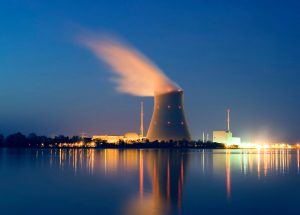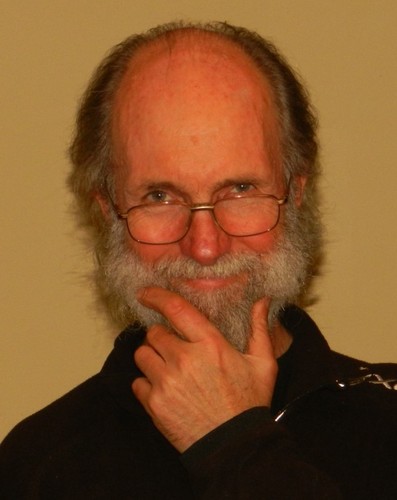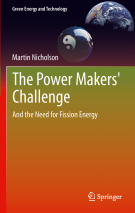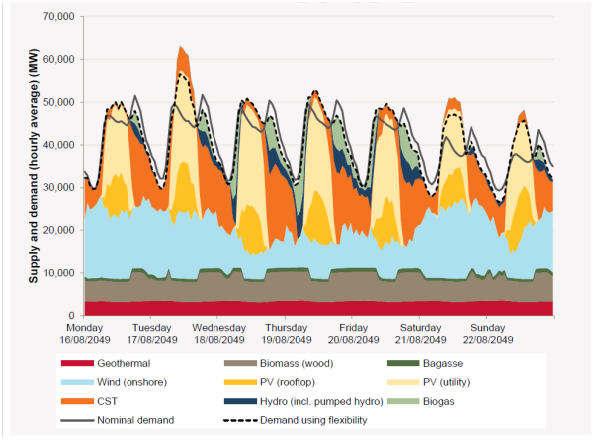
This makes sense… or does it?
This post has two purposes.
First, for those who don’t follow my Twitter feed (hey, why don’t you?), I’d like to highlight some terrific work from Geoff Russell and Ben Heard that has hit the ‘net over the past few weeks. These are all ‘must reads’ – with the first of them going viral in the retweet world!
1. A devastating critique of Jim Green’s anti-science nonsense — who recently shot a ‘junk science’ attack against respected climatologist James Hansen:
 Green Nuclear Junk: In their determination to attack nuclear power and those who support it, anti-nuclear activism has walked away from the scientific process. As a result, nearly the entire community of environmental organisations in Australia is currently standing behind figures that are completely mathematically incorrect. Will they correct these blatant errors and open their publications to expert external review? Or is correct maths and good science optional when you wear the colour green?
Green Nuclear Junk: In their determination to attack nuclear power and those who support it, anti-nuclear activism has walked away from the scientific process. As a result, nearly the entire community of environmental organisations in Australia is currently standing behind figures that are completely mathematically incorrect. Will they correct these blatant errors and open their publications to expert external review? Or is correct maths and good science optional when you wear the colour green?
 2. One million solar roofs no reason for celebration: 1M solar rooftop doesn’t even scratch the surface of the emissions generated by a few Queensland cowboys in a single year, let alone take a serious bite out of fossil fuels.
2. One million solar roofs no reason for celebration: 1M solar rooftop doesn’t even scratch the surface of the emissions generated by a few Queensland cowboys in a single year, let alone take a serious bite out of fossil fuels.
 3. Solar miracles and the nuclear reaction: Given the speed of a nuclear rollout compared to that of renewables, it needs to be considered as part of a shift to cleaner energy sources.
3. Solar miracles and the nuclear reaction: Given the speed of a nuclear rollout compared to that of renewables, it needs to be considered as part of a shift to cleaner energy sources.
Second, I’d like to present a little philosophical message from Geoff Russell on waste. This recapitulates some arguments made forcefully by Tom Blees in Prescription for the Planet.
 In praise of waste
In praise of waste
The title of this piece will hopefully arouse curiosity, but I have to confess it’s not quite what I believe. My parents lived through the depression so I was bought up to be frugal. We weren’t poor by any means, but my mother didn’t go to a restaurant until she was in her mid forties. For my parents, particularly during my younger years, waste was anathema, a serious moral issue. Attempting to leave any part of a meal uneaten would be responded to with industrial grade suggestions to think about poor people going to bed hungry who’d be glad of the food we children were attempting to throw out. Those attitudes struck root and are so clearly sensible on many levels that it was a personal shock to suddenly realise that when they are applied to energy, they are worse than wrong; they are dangerous.
What can possibly be wrong with promoting energy efficiency?
The Spanish generate 5.8 tonnes of CO2 per person your year (t-CO2/person/yr) while the Swedes produce almost 20 percent less at 5.07 t-CO2/person/yr. So can the Spanish turn off more lights, watch less TV, drive less, eat more raw food, use smaller more efficient fridges, cars, computers and so on to save 20 percent and get themselves down to the Swedish level?
Quite possibly. But it’s an incredibly brainless way to reduce emissions. Partly because it won’t ever get them low enough to be sustainable, but more importantly because it may impede the deep and meaningful changes that will.
Filed under: Emissions, Policy | 2 Comments »






.png)








